Home>Gardening & Outdoor>Landscaping Ideas>What Is Ryegrass
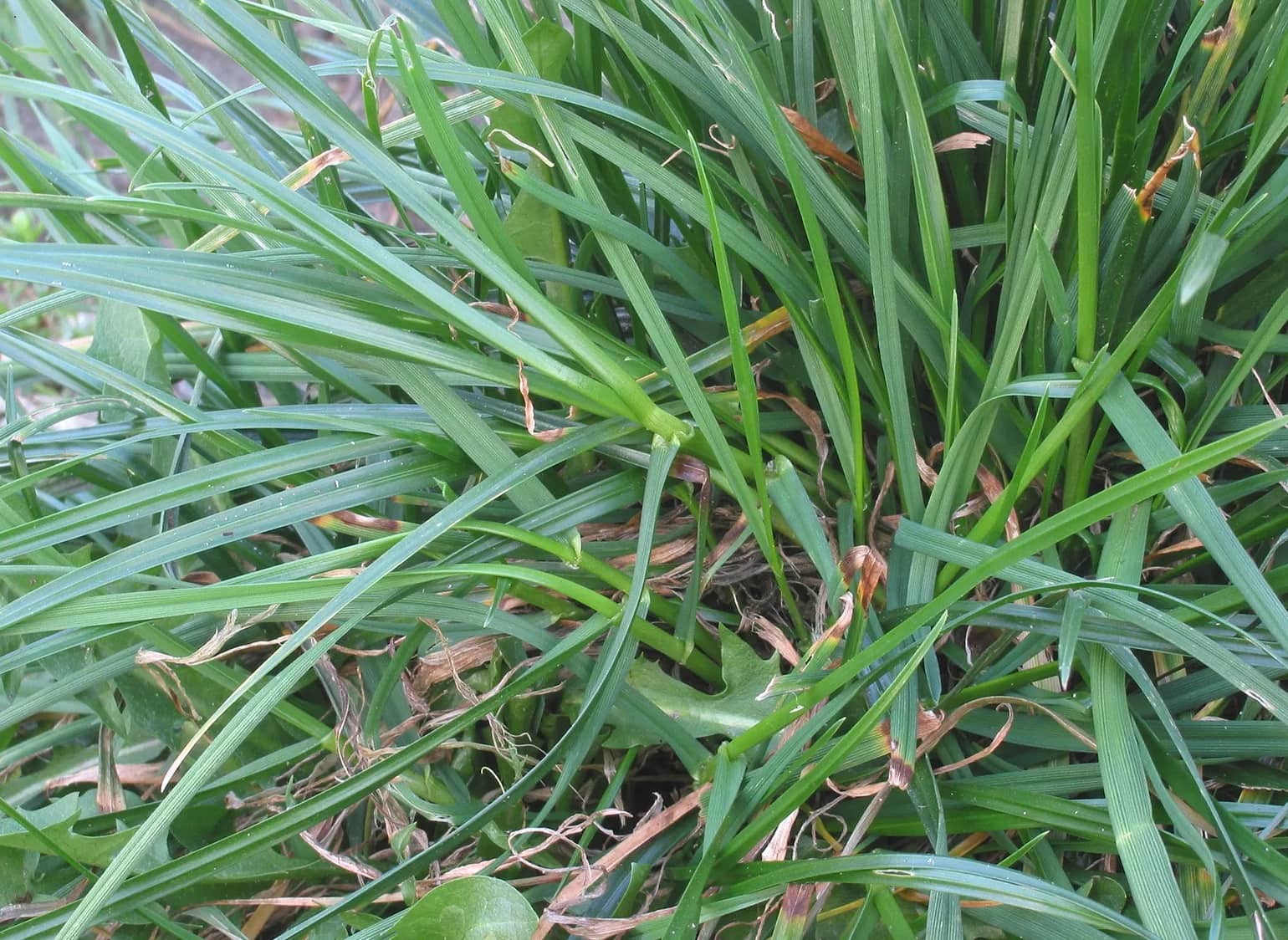

Landscaping Ideas
What Is Ryegrass
Published: January 27, 2024
Learn how ryegrass can enhance your landscaping ideas. Discover the benefits and best practices for using ryegrass in your outdoor space.
(Many of the links in this article redirect to a specific reviewed product. Your purchase of these products through affiliate links helps to generate commission for Storables.com, at no extra cost. Learn more)
Introduction
When it comes to creating a lush and vibrant landscape, the choice of grass plays a pivotal role. Ryegrass, a popular and versatile grass species, has garnered attention for its numerous benefits and uses in landscaping. Whether you’re aiming to enhance the aesthetic appeal of your lawn or seeking a durable option for sports fields, ryegrass stands out as a top contender. This article delves into the characteristics, types, uses, and benefits of ryegrass, offering valuable insights into why it’s a favored choice for landscaping enthusiasts and professionals alike.
As we explore the world of ryegrass, you’ll discover the various ways in which this resilient grass species can elevate the beauty and functionality of outdoor spaces. From its adaptable nature to its visual appeal, ryegrass has much to offer for anyone seeking to cultivate a verdant and inviting landscape.
Key Takeaways:
- Ryegrass is a vibrant, resilient grass species perfect for creating lush lawns and durable sports fields. Its rapid growth and traffic tolerance make it a top choice for landscaping and recreational areas.
- With its diverse uses, from lawn establishment to soil erosion control, ryegrass proves to be an invaluable asset in landscaping and agriculture. Its visual appeal and environmental benefits make it a versatile and sustainable choice for outdoor spaces.
Read more: What Is Perennial Ryegrass
Characteristics of Ryegrass
Ryegrass, scientifically known as Lolium, possesses a range of characteristics that make it a sought-after choice for landscaping and agricultural purposes. Its distinguishing features contribute to its adaptability and resilience in various environments.
- Vibrant Green Color: One of the most appealing traits of ryegrass is its vibrant green hue, which adds a refreshing and lush aesthetic to any landscape. This characteristic makes it an ideal choice for enhancing the visual appeal of lawns, parks, and recreational areas.
- Rapid Germination: Ryegrass exhibits rapid germination, allowing for quick establishment and coverage of bare soil. This attribute is particularly advantageous for landscaping projects that require swift results, such as reseeding worn-out lawns or repairing bare patches.
- Tolerance to Traffic: Unlike some other grass species, ryegrass demonstrates excellent tolerance to foot traffic and moderate wear. This makes it a preferred option for high-traffic areas such as sports fields, playgrounds, and public parks, where durability is essential.
- Cool-Season Growth: Ryegrass is a cool-season grass, thriving in moderate temperatures and exhibiting robust growth during the cooler months of the year. This characteristic makes it well-suited for regions with distinct seasons, where it can maintain its verdant appearance throughout much of the year.
- Drought Resistance: While ryegrass prefers adequate moisture, it displays a degree of drought resistance compared to other grass species. This attribute contributes to its ability to endure periods of water scarcity, making it a reliable choice for landscapes in regions with sporadic or limited rainfall.
- Compatibility with Mixtures: Ryegrass blends seamlessly with other grass species and is often incorporated into seed mixtures to enhance overall turf quality. Its compatibility with various grass types allows for the creation of diverse and resilient turf surfaces.
These characteristics collectively position ryegrass as a versatile and adaptable grass species, capable of meeting a wide array of landscaping needs while maintaining its visual allure and functional benefits.
Types of Ryegrass
Ryegrass encompasses several distinct types, each with its own unique attributes and suitability for specific landscaping and agricultural applications. Understanding the different varieties of ryegrass enables landscapers and turf managers to select the most fitting option for their particular needs.
- Perennial Ryegrass (Lolium perenne): Perennial ryegrass is a popular choice for lawns, parks, and golf courses due to its fine texture and rich green color. It exhibits strong regrowth and forms a dense, lush turf, making it an excellent option for areas with moderate foot traffic and aesthetic requirements.
- Annual Ryegrass (Lolium multiflorum): Annual ryegrass is known for its rapid establishment and quick growth, often used as a temporary cover crop or winter overseeding option. It is particularly valued for its ability to provide temporary green coverage in regions where warm-season grasses go dormant during winter.
- Intermediate Ryegrass (Lolium hybridum): Intermediate ryegrass combines characteristics of both perennial and annual ryegrass, offering moderate persistence and adaptability. It is commonly utilized in pasture mixtures and as a cover crop, providing reliable forage and soil protection.
- Italian Ryegrass (Lolium multiflorum italicum): Italian ryegrass is prized for its rapid germination and establishment, making it a favored choice for overseeding warm-season lawns and pastures. Its vigorous growth and high forage quality contribute to its widespread use in agricultural settings.
- Diploid and Tetraploid Varieties: Ryegrass varieties are further categorized as diploid or tetraploid based on their chromosome count. Tetraploid ryegrasses tend to exhibit greater vigor and disease resistance, while diploid varieties offer finer texture and improved tolerance to close mowing, catering to diverse landscaping preferences.
By familiarizing themselves with the characteristics and applications of these ryegrass types, landscaping enthusiasts and agricultural professionals can make informed decisions when selecting the most suitable variety for their specific projects and environmental conditions.
Uses of Ryegrass
Ryegrass serves a multitude of purposes across various landscaping, agricultural, and recreational domains, owing to its adaptability, visual appeal, and functional attributes. Its diverse uses make it a valuable asset for enhancing landscapes and fulfilling a range of practical needs.
- Lawn Establishment and Renovation: Perennial ryegrass is commonly employed for establishing new lawns and rehabilitating damaged or worn-out turf areas. Its rapid germination and lush growth contribute to the creation of vibrant and resilient lawns, enhancing the overall beauty of residential and commercial landscapes.
- Overseeding Warm-Season Lawns: Annual and Italian ryegrass varieties are frequently utilized for overseeding warm-season lawns, ensuring year-round green coverage in regions where warm-season grasses experience dormancy during the cooler months. This practice maintains the visual appeal of lawns throughout the year.
- Sports Fields and Recreational Areas: The durability and traffic tolerance of ryegrass make it an ideal choice for sports fields, playgrounds, and recreational spaces where consistent turf quality and resilience to heavy use are essential. Its ability to withstand foot traffic and recover quickly after wear makes it a preferred option for such applications.
- Pasture and Forage Production: Ryegrass, particularly the perennial and intermediate varieties, is widely cultivated for pasture and forage production due to its high nutritional value and palatability for grazing animals. It contributes to the sustainable management of livestock and supports the production of quality forage for animal consumption.
- Soil Erosion Control: In agricultural and landscaping contexts, ryegrass is utilized as a cover crop to prevent soil erosion, improve soil structure, and provide temporary ground cover during periods of soil vulnerability. Its rapid germination and dense growth aid in stabilizing soil and protecting it from erosion.
- Green Manure and Crop Rotation: Annual ryegrass is often employed as a green manure crop, enriching the soil with organic matter and nutrients when incorporated into the soil before reaching maturity. Its role in crop rotation contributes to enhanced soil fertility and sustainable agricultural practices.
By catering to such a wide array of uses, ryegrass proves to be an invaluable asset in landscaping, agriculture, and land management, offering versatile solutions for diverse needs and contributing to the creation of vibrant and sustainable outdoor environments.
Ryegrass is a cool-season grass commonly used for lawns, pastures, and sports fields. It is known for its rapid germination and establishment, making it a popular choice for quick ground cover.
Benefits of Ryegrass
Ryegrass presents a host of benefits that make it a compelling choice for landscaping, agriculture, and environmental management. Its advantageous characteristics translate into a range of practical and aesthetic advantages, contributing to its widespread appeal and utility in diverse settings.
- Rapid Establishment: The quick germination and establishment of ryegrass enable swift coverage of bare soil, facilitating expedited lawn establishment, erosion control, and forage production. This rapid growth contributes to efficient landscaping and agricultural practices.
- Traffic Tolerance: Ryegrass’s ability to withstand moderate foot traffic and recover swiftly from wear makes it an ideal option for sports fields, recreational areas, and high-traffic landscapes. Its durability ensures consistent turf quality in areas subject to frequent use.
- Visual Appeal: With its vibrant green color and fine texture, ryegrass enhances the visual appeal of lawns, parks, and recreational spaces, creating inviting and picturesque landscapes that captivate the eye and elevate outdoor environments.
- Seasonal Versatility: As a cool-season grass, ryegrass thrives in moderate temperatures and exhibits robust growth during cooler months, ensuring year-round green coverage in regions with distinct seasons. Its seasonal adaptability contributes to landscape continuity and visual allure.
- Forage Quality: Perennial and intermediate ryegrass varieties offer high nutritional value and palatability, serving as a valuable source of forage for grazing animals. This contributes to sustainable pasture management and supports the nutritional needs of livestock.
- Soil Protection: When utilized as a cover crop, ryegrass aids in soil erosion control, stabilizing soil and protecting it from degradation. Its dense growth and root system contribute to soil conservation and improved soil structure.
- Environmental Sustainability: Ryegrass’s role in crop rotation, green manure production, and soil improvement promotes sustainable agricultural practices and environmental stewardship, contributing to soil health and fertility.
By offering a combination of aesthetic, functional, and environmental benefits, ryegrass emerges as a versatile and valuable asset in landscaping, agriculture, and land conservation, enriching outdoor spaces while fulfilling practical needs and sustainability objectives.
Read more: What Type Of Grass Is Ryegrass
How to Grow Ryegrass
Growing ryegrass involves several key steps and considerations to ensure successful establishment and optimal growth. Whether you’re aiming to cultivate a resilient lawn, establish a lush pasture, or oversee a sports field, following these guidelines can help you achieve the desired results when growing ryegrass.
- Site Preparation: Prepare the planting area by clearing debris, removing weeds, and ensuring good soil drainage. Ryegrass thrives in well-drained soil, so addressing drainage issues is crucial for successful growth.
- Seed Selection: Choose high-quality ryegrass seed suitable for your specific application, whether it’s lawn establishment, pasture production, or erosion control. Consider factors such as seed purity, germination rate, and recommended seeding rates for your intended use.
- Seeding Method: Depending on the scale of the project, select an appropriate seeding method, such as broadcast seeding for larger areas or hand seeding for smaller, more precise applications. Ensure even seed distribution for uniform coverage.
- Seedbed Preparation: Prepare a smooth and firm seedbed to facilitate seed-to-soil contact, aiding in germination and establishment. Rake the soil surface to create a fine tilth, conducive to seedling emergence and early growth.
- Seeding Depth: Sow ryegrass seeds at the recommended depth, typically between 1/4 to 1/2 inch, ensuring adequate soil coverage without burying the seeds too deeply. Proper seeding depth promotes successful germination and seedling emergence.
- Watering and Establishment: After seeding, water the area lightly to initiate germination, ensuring that the soil remains consistently moist during the establishment phase. Adequate moisture is essential for the development of healthy ryegrass seedlings.
- Maintenance Practices: Implement regular mowing, fertilization, and weed control measures as needed to promote the vigor and density of the ryegrass stand. Adjust mowing height based on the intended use, whether for a manicured lawn or a sports field.
- Overseeding Practices: For overseeding warm-season lawns or pastures, time the overseeding process to coincide with the transition to cooler temperatures, ensuring favorable conditions for ryegrass establishment and growth.
- Monitoring and Care: Monitor the ryegrass stand for signs of stress, disease, or nutrient deficiencies, addressing any issues promptly to maintain the health and vitality of the grass. Regular care and monitoring contribute to the long-term success of the ryegrass planting.
By adhering to these guidelines and best practices, you can cultivate thriving ryegrass stands tailored to your specific landscaping, agricultural, or environmental objectives, fostering vibrant and resilient outdoor spaces.
Conclusion
Ryegrass, with its vibrant color, rapid growth, and versatile applications, stands as a cornerstone in the realm of landscaping, agriculture, and environmental management. Its adaptability to diverse environments, visual allure, and functional benefits make it an invaluable asset for anyone seeking to create and maintain vibrant outdoor spaces.
From enhancing the aesthetic appeal of lawns and recreational areas to providing high-quality forage for grazing animals, ryegrass demonstrates its multifaceted utility across a spectrum of uses. Its ability to withstand foot traffic, resist drought to some extent, and thrive in cooler temperatures further solidifies its position as a favored grass species for numerous applications.
By understanding the characteristics, types, uses, and benefits of ryegrass, landscaping enthusiasts, turf managers, and agricultural professionals can harness its potential to fulfill diverse needs, whether it’s establishing resilient lawns, managing sustainable pastures, or contributing to soil conservation and erosion control efforts.
By following best practices for growing ryegrass and implementing appropriate maintenance measures, individuals can harness the full potential of this resilient grass species, fostering vibrant and sustainable outdoor environments that cater to both practical and aesthetic requirements.
As we continue to appreciate the value of ryegrass in landscaping and agriculture, its enduring presence and versatile contributions underscore its significance as a foundational element in the cultivation of vibrant, resilient, and visually captivating outdoor spaces.
Frequently Asked Questions about What Is Ryegrass
Was this page helpful?
At Storables.com, we guarantee accurate and reliable information. Our content, validated by Expert Board Contributors, is crafted following stringent Editorial Policies. We're committed to providing you with well-researched, expert-backed insights for all your informational needs.
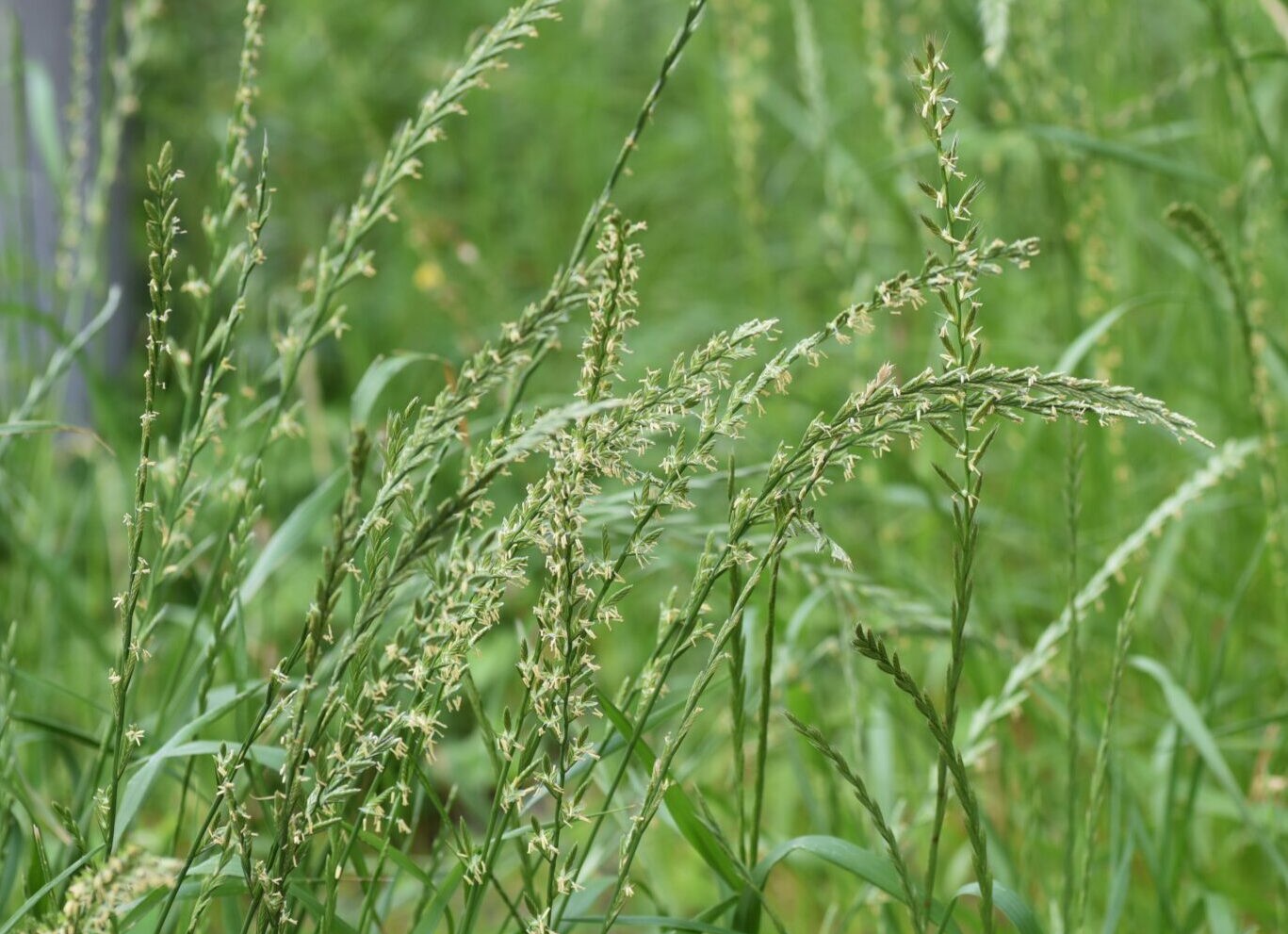
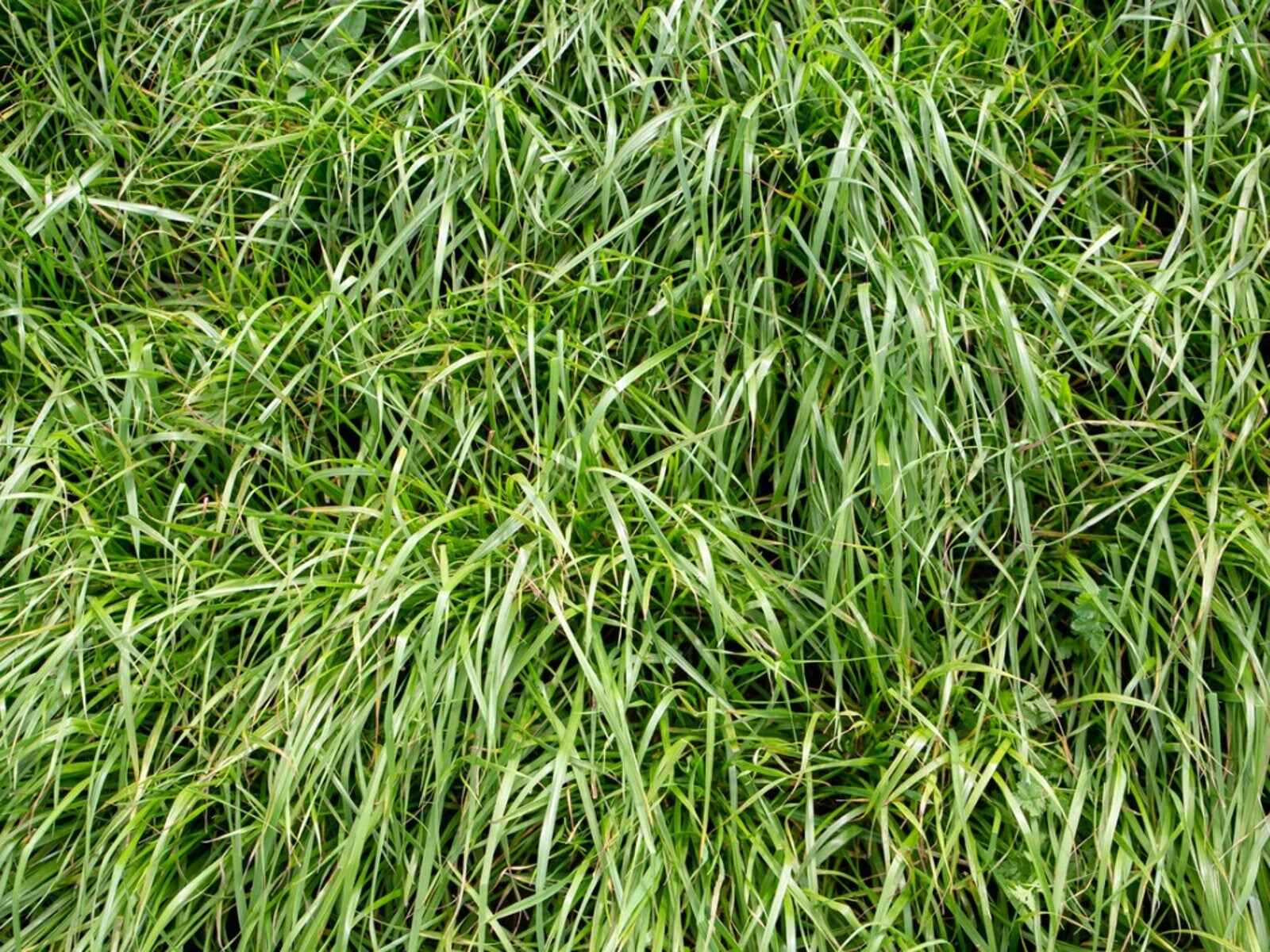
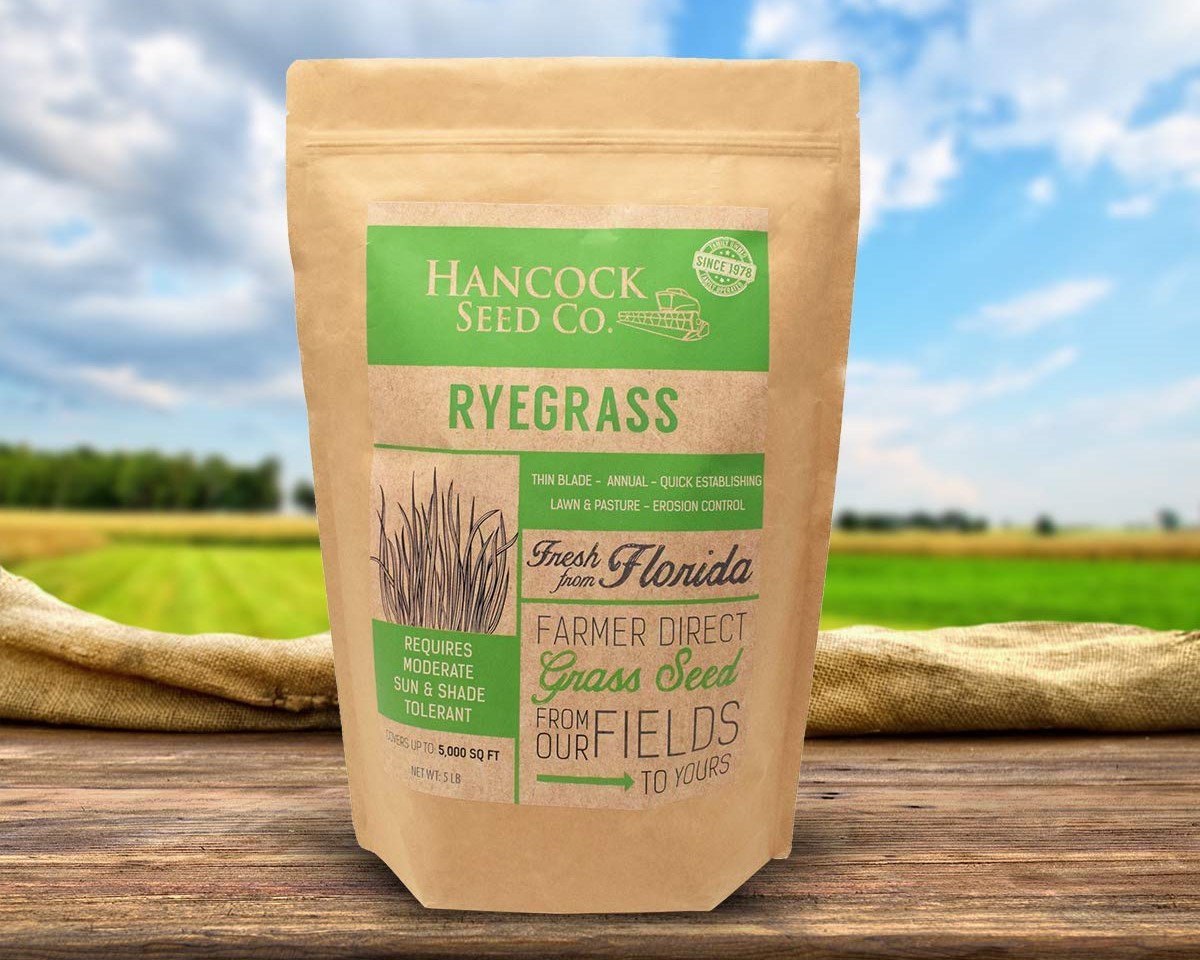
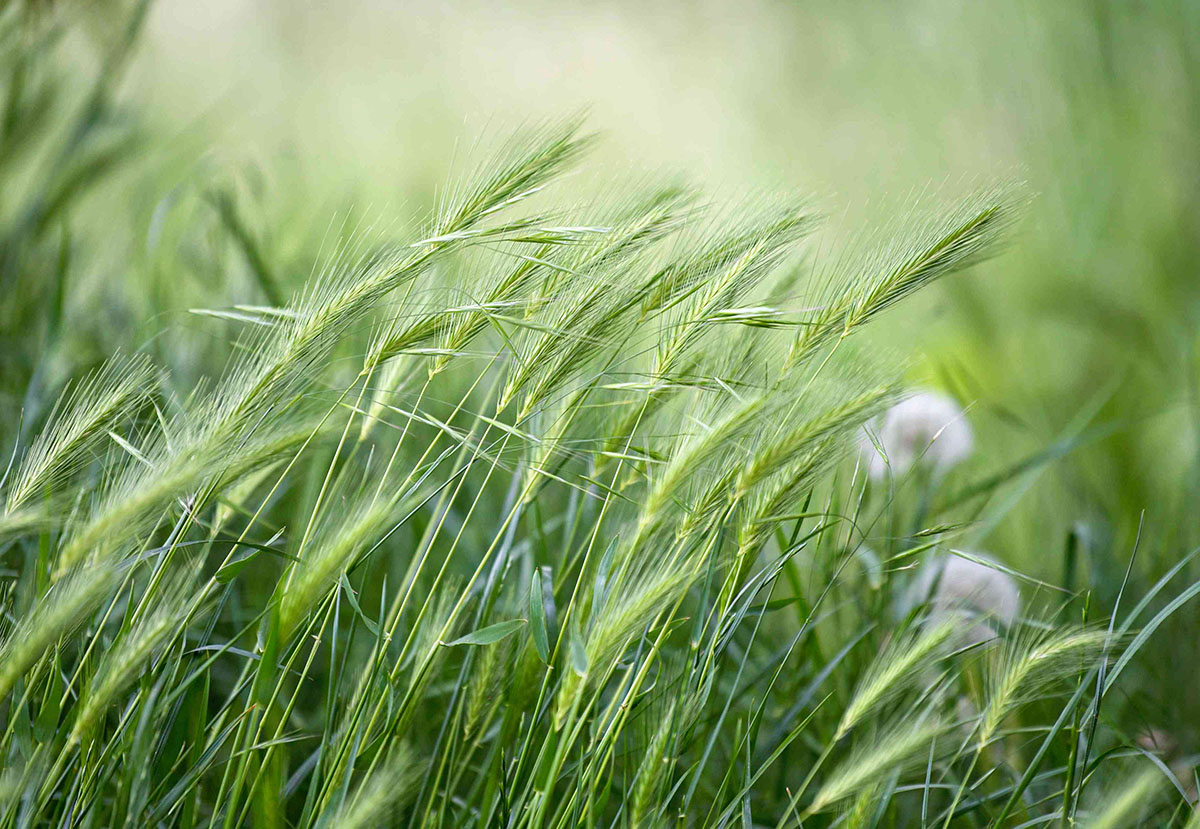
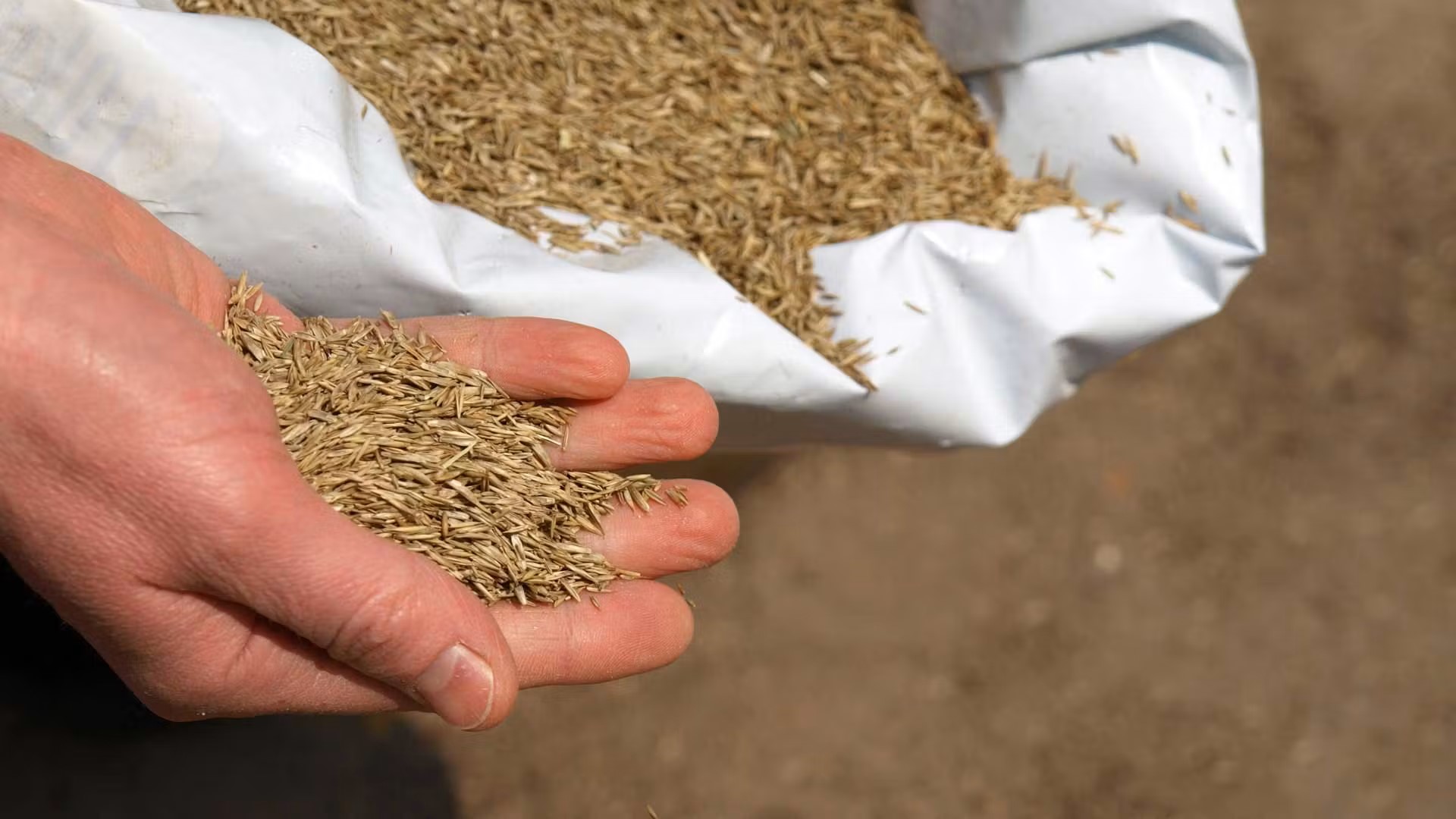
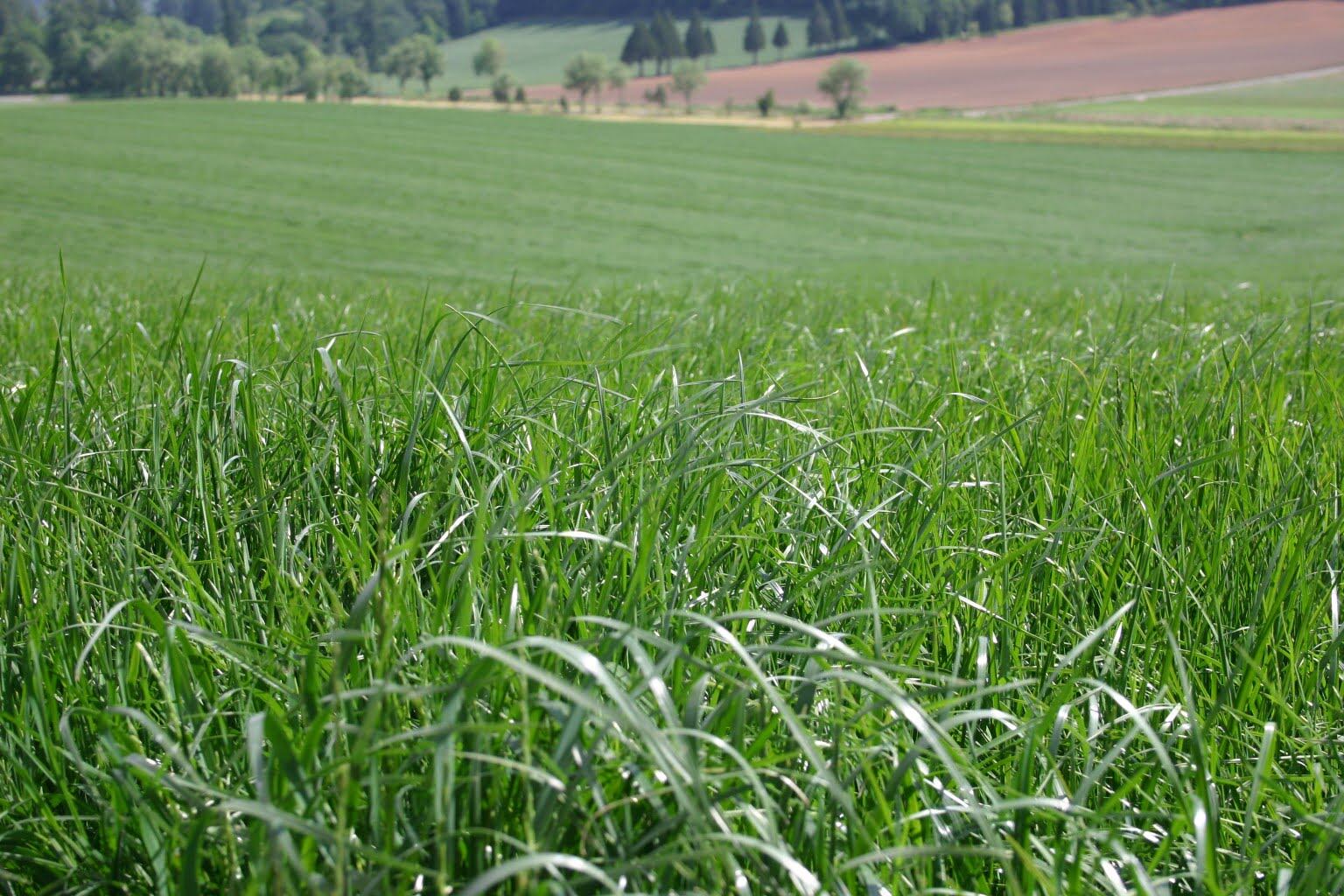
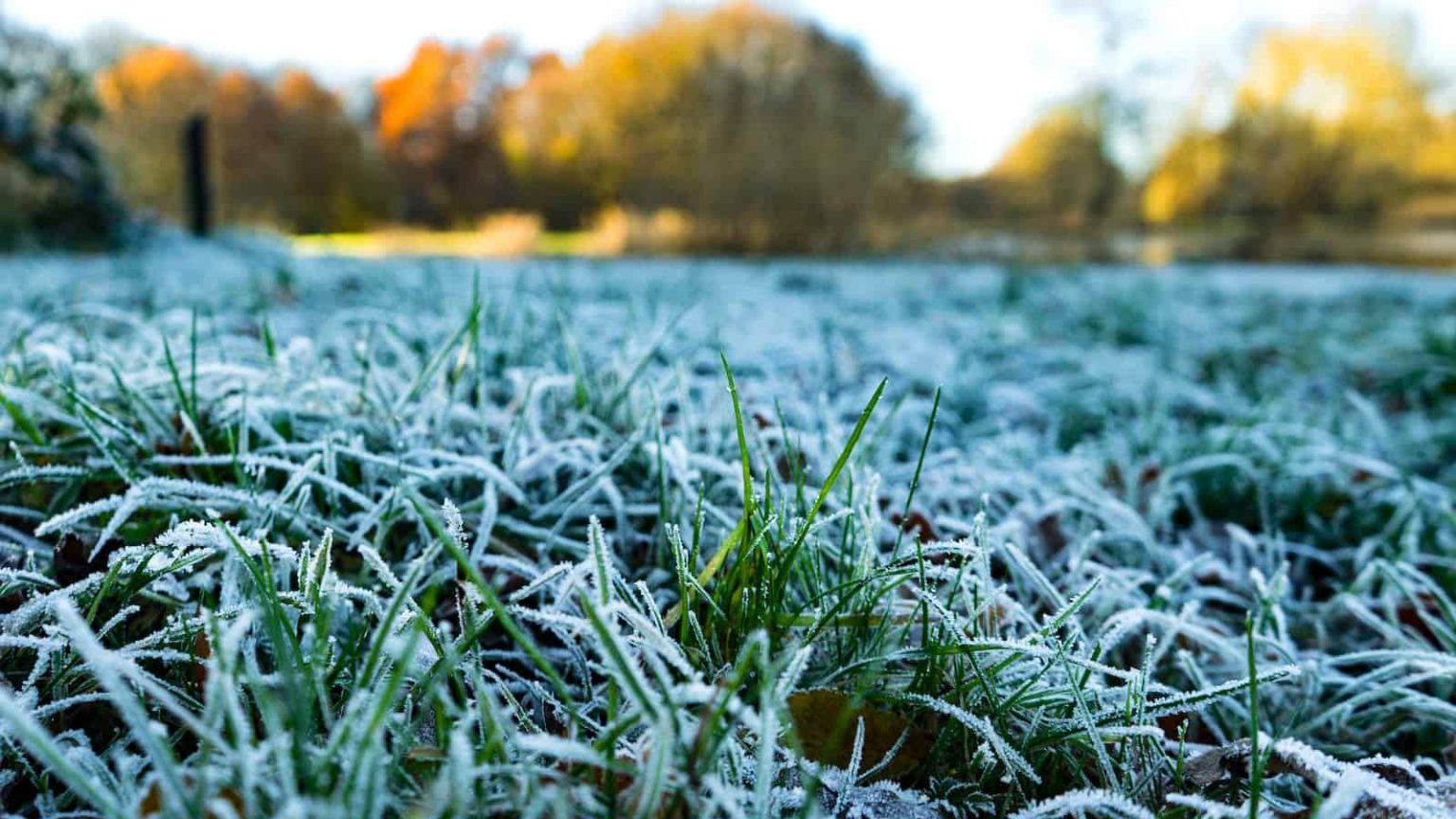
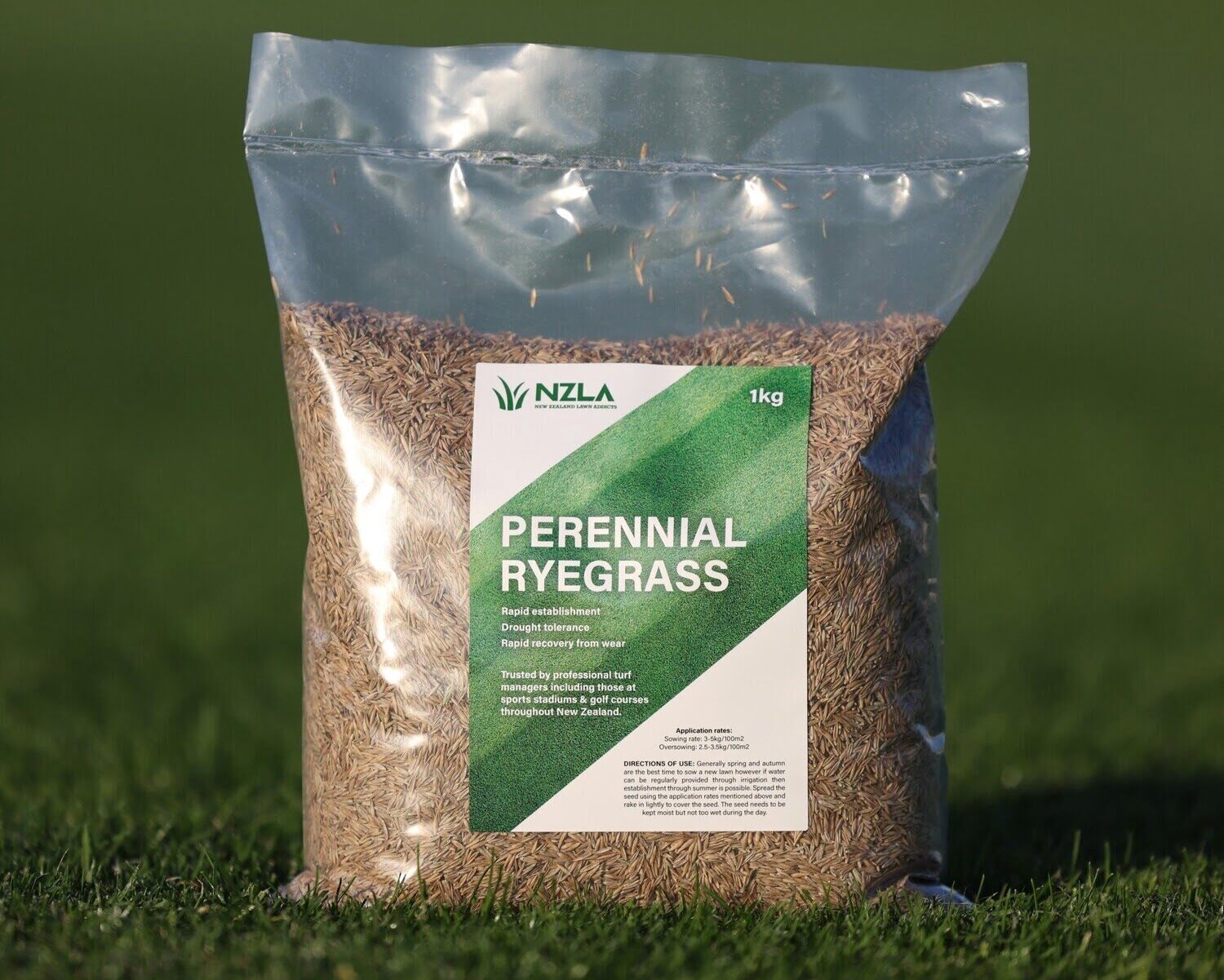
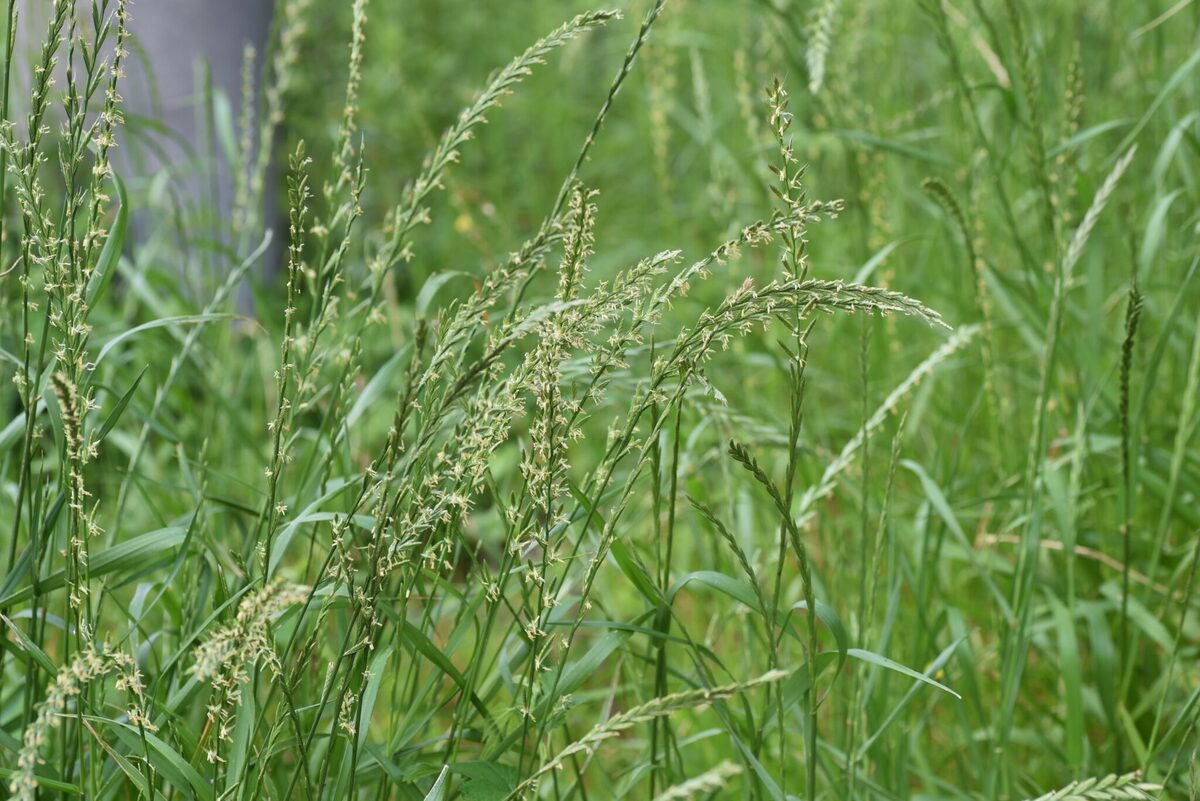
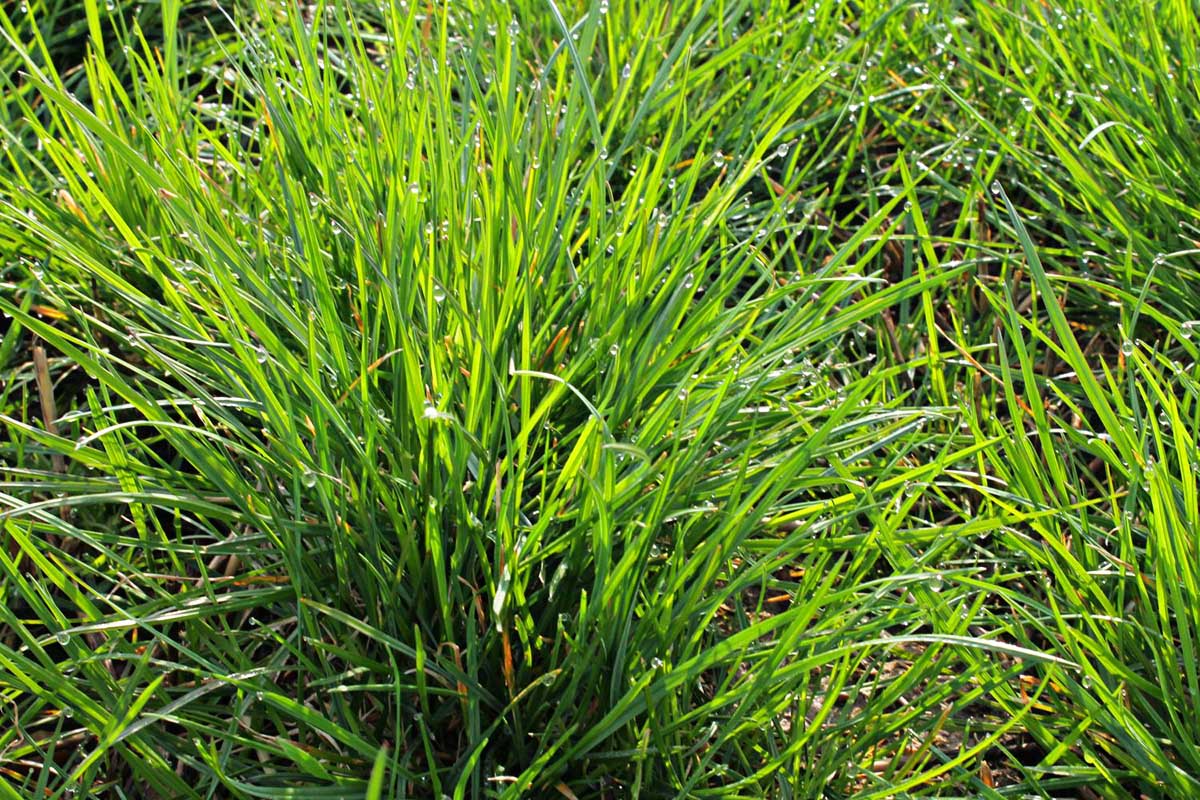
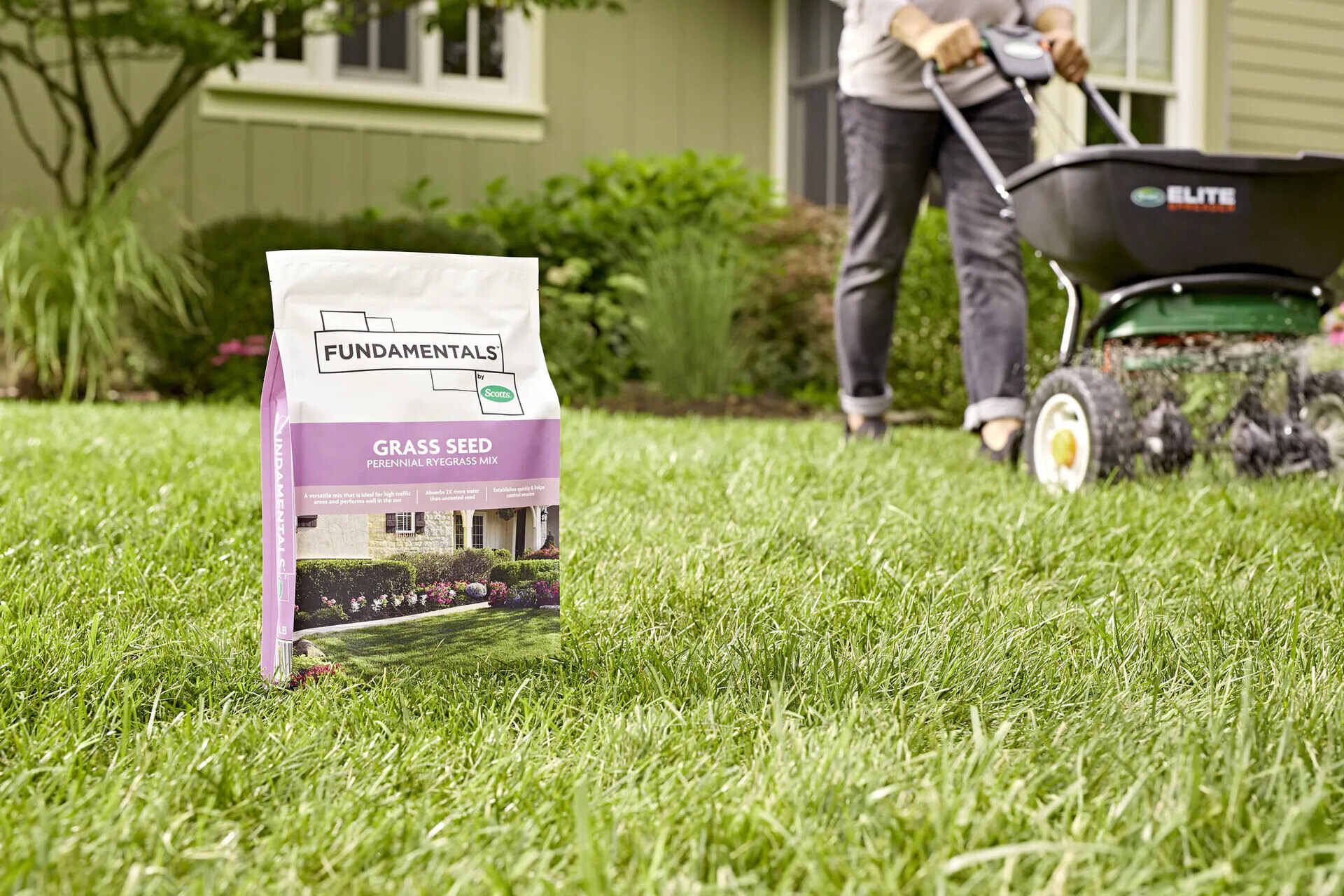




0 thoughts on “What Is Ryegrass”